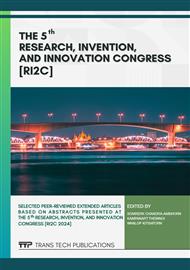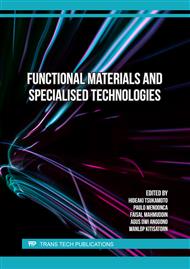p.3
p.11
p.17
p.23
p.33
p.39
p.47
p.55
Removing Oil from Produced Water Using Electrochemical Method
Abstract:
Extracting oil and gas results in a significant byproduct called produced water, which contains a mix of oil, water, and various chemicals. Removing the oil from this wastewater is essential to minimize its environmental and health impacts. Traditional methods like chemical treatments and gravity separation are time-consuming and require a lot of space, so it's important to explore alternative approaches. The oil removal efficiency, measured as the percentage of the amount of oil removed from produced water after electrochemical treatment, is used as a benchmark. Initially, the oil removal efficiency increases rapidly with treatment time but eventually levels off at around 15 minutes. Aluminum electrodes outperform iron electrodes, reaching a maximum oil removal efficiency of about 88%. Moreover, when the electrochemical method was used directly on produced water from drilling sites, it achieved an impressive oil removal efficiency of over 95%.
Info:
Periodical:
Pages:
17-22
Citation:
Online since:
December 2024
Price:
Сopyright:
© 2024 Trans Tech Publications Ltd. All Rights Reserved
Share:
Citation:



